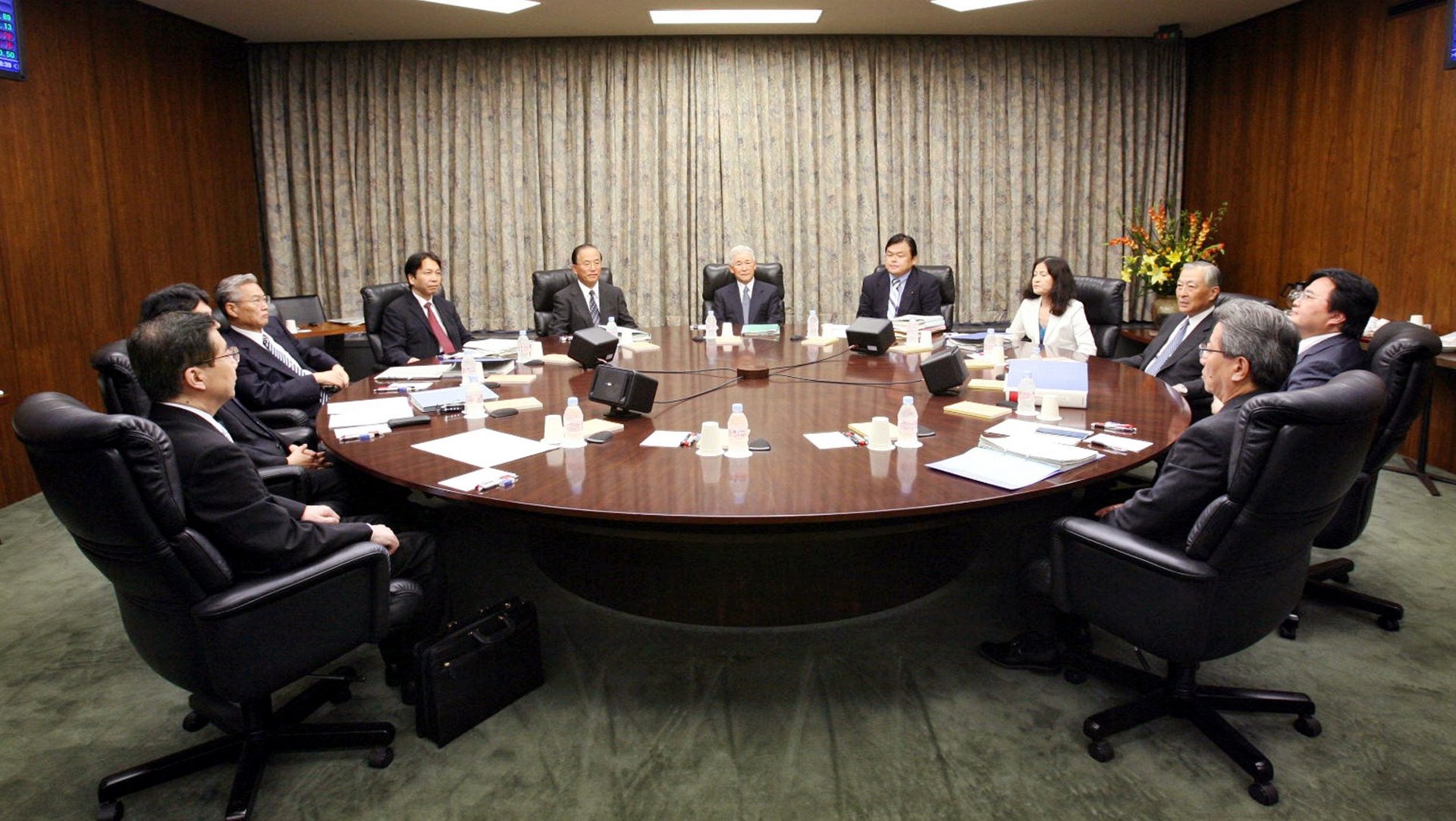Six ways to stop wasting time in office meetings
In a business world where time is as precious a resource as money, an enormous amount of it is wasted in meetings.


In a business world where time is as precious a resource as money, an enormous amount of it is wasted in meetings.
Senior executives now spend the equivalent of two days a week in meetings, and the average organization spends 15% of its collective time in meetings, according to Michael Mankins and Eric Garton, a pair of management consultants at Bain in their new book, Time Talent Energy: Overcome Organizational Drag & Unleash Your Team’s Productive Power.
They refer to one company, which discovered that a weekly, 90-minute meeting of mid-level managers was costing $15 million annually. Most organizations exercise no oversight when it comes to the scheduling of meetings, despite their high cost in time and productivity.
But some meetings are inevitable—and even if you escape the office, teleconferencing means you can’t escape the meetings themselves. Garton and Mankins offer six guidelines to get the most from them:
- First, does the meeting even need to happen? Not every task requires a meeting to discuss it. Reaching a group consensus on a new initiative might, drafting a document probably doesn’t.
- Set an agenda. About a third of meetings don’t have one, and most don’t send out agendas to participants in advance, Garton and Mankins found. A clear agenda sets boundaries around the topics under discussion, and keeps out extraneous subjects.
- Shorten the time. People can only focus on any one subject for 18 minutes on average. With multiple topics a meeting can last 45 minutes before people lose interest, but that can be pushing it. It’s even worse on conference calls, where distractions abound.
- Give homework. At US car giant Ford, materials for weekly meetings are distributed in advance, so meeting time is spent discussing its content, not introducing it. At Amazon, CEO Jeff Bezos requires written reports before meetings, and gives participants time to read them at the outset.
- Be disciplined. Start on time, and make sure everyone knows why they’re there. Identify responsibilities and record every decision made. If there are none, evaluate if the meeting was necessary.
- If possible, end the meeting early. Don’t feel obliged to use all the time blocked off if the meeting is going nowhere.
Instead of implementing the suggestions piecemeal, which can lead them being forgotten or abandoned, Garton and Mankins recommend making wholesale changes to an organization’s meeting behavior.
One company, Woodside—an Australian utility—assessed all its weekly meetings to make sure they were necessary, reduced their allotted times from 30 to 25 minutes, and established black out days when they were banned. As a result, overall time spent in meetings fell 20%.
Everyone—managers and employees alike—can agree that’s a positive outcome.
This Quartz story originally appeared on qz.com on Feb. 1, 2017.